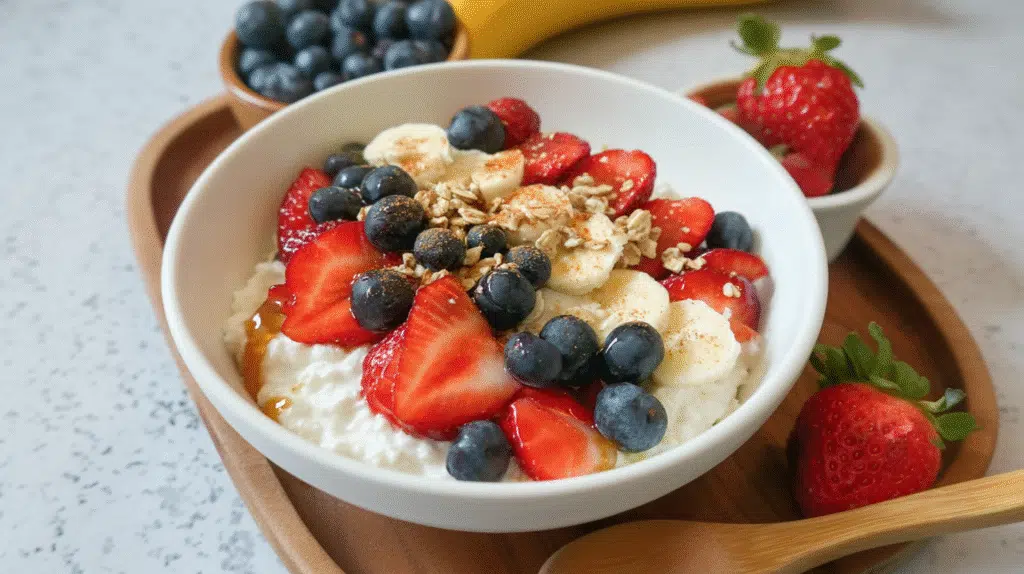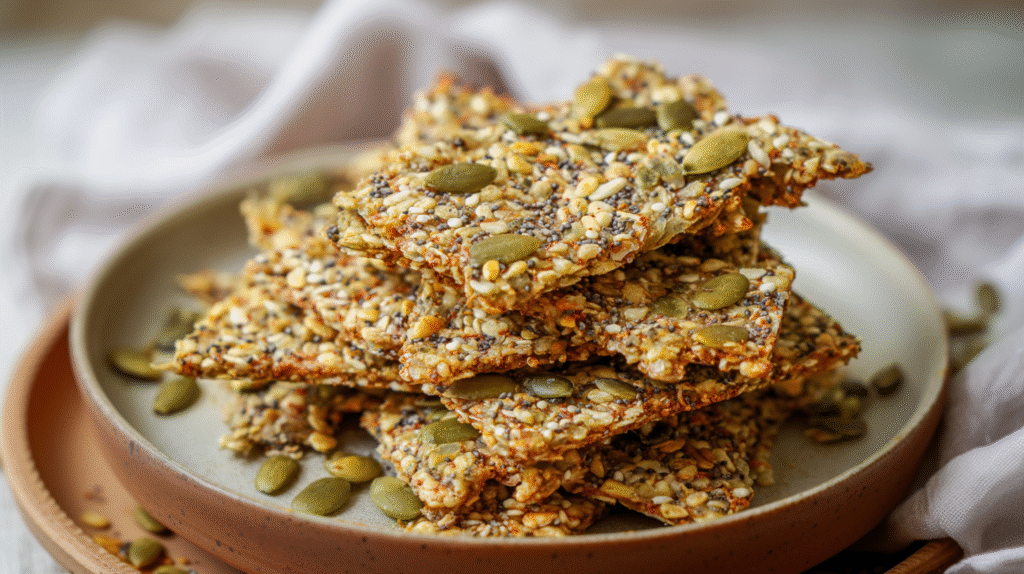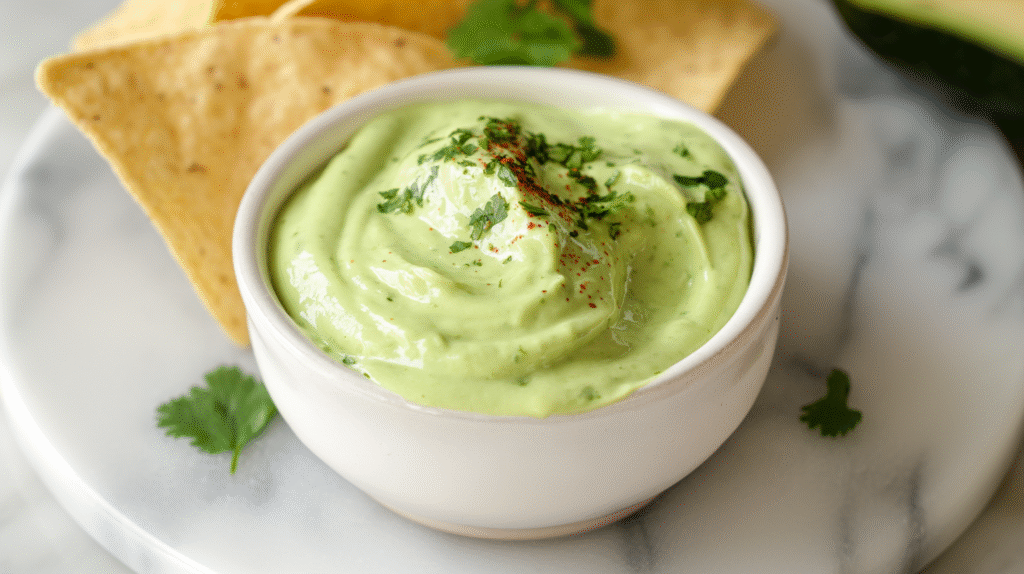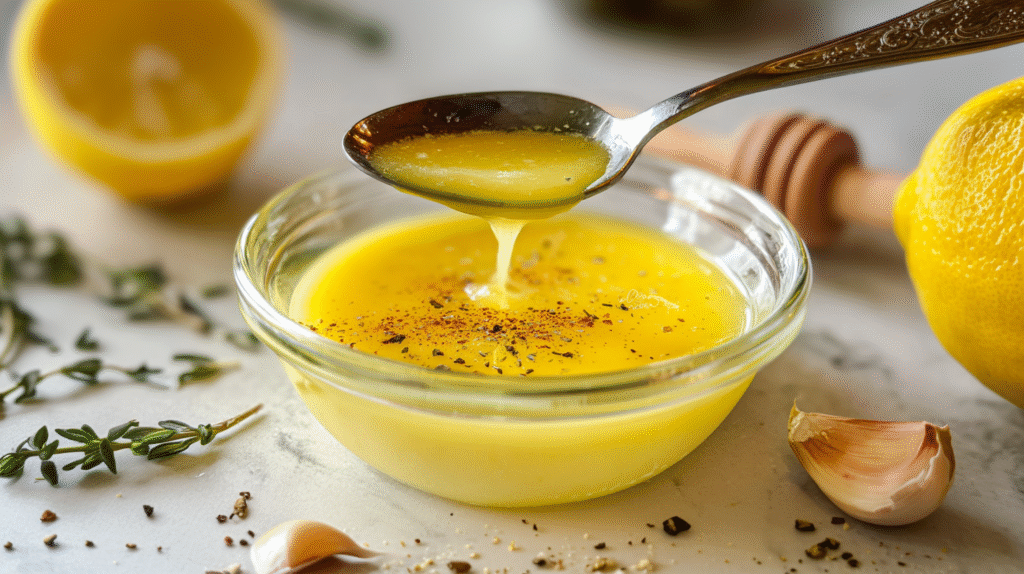(How to Clean Coffee Stains from Mugs Easily and Safely)
If you’re a true coffee lover, your favorite mug probably carries more than memories—it likely carries stubborn brown stains that refuse to budge. Over time, even the most loyal dishwasher can’t erase those tell-tale rings of caffeine love. But before you reach for harsh bleach or scouring powders that could damage your cup’s glaze, there’s an unexpectedly gentle, effective solution hiding in the dental aisle: denture cleaning tablets.
It may sound strange, but those fizzy little tablets that keep dentures sparkling can also restore your stained mugs to their former glory. Let’s explore why they work, how to use them safely, and other clever tricks for tackling coffee and tea residue—without ruining your favorite cup or your hands.
Why Coffee Stains Build Up in Mugs
Every sip of coffee leaves microscopic traces of tannins—natural compounds found in coffee, tea, and even wine. These tannins cling to porous surfaces like ceramic, glass, and plastic, creating a yellow-brown film that deepens with time. If you’ve ever wondered why your travel tumbler or office mug looks permanently “dirty,” tannins are the culprit.
Add to that the oils in coffee, which harden into a thin coating, and you have a sticky surface that holds on to stains. Dish soap alone can’t always cut through it, especially when hot water just bakes it in further.
The Denture Tablet Trick: A Cleaning Secret Hiding in Plain Sight
Denture tablets like Efferdent or Polident aren’t just for dental work—they’re tiny chemical powerhouses designed to lift tough organic stains safely. Their fizzing action comes from ingredients such as sodium bicarbonate, citric acid, and sodium perborate, all mild yet powerful cleaners. When dropped in hot water, these components create an effervescent reaction that breaks down stains, food residues, and even bacteria.
How to Use Denture Tablets to Clean Coffee Stains
-
Fill your mug with hot (but not boiling) water—enough to submerge the stains completely.
-
Drop in one denture tablet. For large or heavily stained mugs, use two.
-
Let it fizz. The reaction will bubble for a few minutes and then calm down. Leave the mug to soak overnight for best results.
-
Rinse and wipe. In the morning, pour out the solution and gently scrub the inside with a soft sponge.
-
Rinse thoroughly with warm water, and your mug should look brand new.
This same trick also works wonders on coffee pots, tea kettles, stainless-steel tumblers, and even travel mug lids.
You can find affordable denture tablets like Efferdent Complete Clean Tablets or Polident 3-Minute Cleaner online or in most drugstores for under $15.
Why Denture Tablets Work So Well
The cleaning agents inside these tablets are similar to what you’d find in oxygen-based laundry detergents but in a much gentler concentration. That means they can break down tannins and protein stains without scratching or dulling your mug’s glaze.
They’re also antibacterial, so your favorite coffee mug won’t just look cleaner—it will actually be cleaner. Think of it as a deep spa cleanse for your dishware.
Alternative Ways to Remove Coffee Stains Naturally
While denture tablets are an excellent secret weapon, there are plenty of eco-friendly, pantry-based options that work almost as well. Here are a few tried-and-true favorites.
Baking Soda
Baking soda is the ultimate natural abrasive—gentle enough for delicate surfaces but strong enough to lift stains.
How to use it:
-
Make a paste with baking soda and water.
-
Rub the paste over the stains using a sponge or soft cloth.
-
Let it sit for 10 minutes, then rinse.
It’s non-toxic, deodorizes odors, and leaves mugs sparkling. Plus, it’s great for the planet and your wallet.
White Vinegar
Vinegar’s mild acidity helps dissolve mineral deposits and tannins.
Steps:
-
Mix equal parts of white vinegar and warm water.
-
Fill the mug and let it soak for 15–20 minutes.
-
Rinse and scrub lightly.
Avoid mixing vinegar with baking soda at the same time—they neutralize each other.
Cream of Tartar
This lesser-known baking ingredient acts as a mild acid and polishing agent.
-
Combine one tablespoon of cream of tartar with a few drops of water to form a paste.
-
Apply to the stains, wait 10–15 minutes, and gently scrub.
Lemon Juice and Salt
For a bright, citrusy clean, sprinkle salt in the mug and squeeze lemon juice over it.
-
Let the natural acids do their work for 5–10 minutes, then scrub and rinse.
The salt adds gentle friction while lemon cuts through oil and odor.
Hydrogen Peroxide and Baking Soda
For the most stubborn stains, this combination is unbeatable.
-
Mix ½ cup of hydrogen peroxide with 2 tablespoons of baking soda.
-
Fill the mug, let it sit for 30 minutes, and rinse thoroughly.
Avoid this method on colored or patterned cups—it can lighten designs.
Quick Commercial Solutions Worth Trying
If DIY isn’t your thing or you want fast results, there are a few store-bought products that make stain removal simple.
Water Bottle Cleaning Tablets
Similar to denture tablets but faster acting, these are made for reusable bottles. Try Sudstainables Water Bottle Cleaning Tablets—they clean in under 30 minutes and help prevent residue buildup.
Bar Keeper’s Friend
A professional cleaner famous for its ability to erase rust and coffee stains.
-
Sprinkle a small amount inside the mug.
-
Add water to form a paste.
-
Scrub gently for 30 seconds, rinse immediately.
Do not let it sit too long—it can damage paint or glaze.
Oxygen-Based Cleaners (Like OxiClean)
If you have a full batch of stained mugs or coffee gear, soak them in a warm OxiClean solution. The active oxygen molecules lift stains gently but effectively.
What Not to Use on Coffee Mugs
It’s tempting to go overboard when you’re frustrated with stains, but avoid these common mistakes:
-
Bleach: It may whiten the stain but leaves harmful residue and odor.
-
Steel Wool or Harsh Scrubbers: These can scratch the mug’s surface, making future stains worse.
-
Dishwasher Pods for Soaking: They’re too alkaline and can strip color or finish.
When in doubt, opt for gentle, non-abrasive cleaners—they protect your mugs for the long haul.
Cleaning Special Materials
Different mug materials need different care. Here’s how to safely tackle stains by type.
Ceramic and Porcelain
Most everyday mugs fall into this category. These handle denture tablets, vinegar, or baking soda easily. Avoid strong acids or bleach.
Stainless Steel
Perfect for travel tumblers but prone to retaining flavor. Use denture tablets or water bottle cleaning tablets and let soak overnight.
Glass
Use a mix of baking soda and vinegar (separately) or lemon juice for gentle cleaning. Avoid metal scrubbers.
Plastic
Plastic absorbs color and odor easily. Denture tablets or OxiClean soaks work well—but always rinse thoroughly.
Eco-Friendly Cleaning Tips
-
Reuse the denture-tablet water for soaking other stained dishes—waste nothing.
-
Use biodegradable cloths instead of disposable sponges.
-
Compost lemon rinds and used baking soda after cleaning.
These small tweaks keep your cleaning routine as green as your morning matcha.
Preventing Future Coffee Stains
Once your mugs are spotless, a little maintenance will keep them that way.
-
Rinse mugs with warm water immediately after use.
-
Avoid leaving half-finished coffee sitting for hours.
-
Once a week, soak mugs in a gentle baking soda bath for maintenance.
-
Consider switching to a lighter roast—dark coffee tends to stain more.
A Deep Dive: The Science of Stain Removal
Ever wonder why these methods work? Let’s look at the science.
-
Baking soda is a mild alkali that loosens acids like tannins.
-
Vinegar and lemon juice dissolve mineral residues through acetic and citric acid.
-
Denture tablets release oxygen and carbon dioxide gas that physically lift stain molecules from surfaces.
The result is a fizzing chemical reaction that cleans without scrubbing.
Frequently Asked Questions
Can I mix baking soda and vinegar together?
No. They neutralize each other, forming water and carbon dioxide. Use them separately for best results.
Are denture tablets safe for colored mugs?
Yes. They’re designed to be gentle, but always test a small area first.
How often should I deep clean mugs?
Once every two weeks keeps tannins under control, especially if you drink daily.
Can I use this method for teapots and thermoses?
Absolutely. It’s one of the easiest ways to clean narrow openings and hard-to-reach corners.
Final Thoughts
Coffee stains are a badge of honor for any caffeine devotee—but they don’t have to stay forever. Whether you reach for a fizzing denture tablet, a spoonful of baking soda, or a splash of vinegar, you can restore your mugs to their pristine glory without harsh chemicals.
Next time you’re sipping your morning latte, admire your sparkling clean cup and smile, knowing you’ve mastered the art of how to clean coffee stains from mugs—the gentle, clever way.







